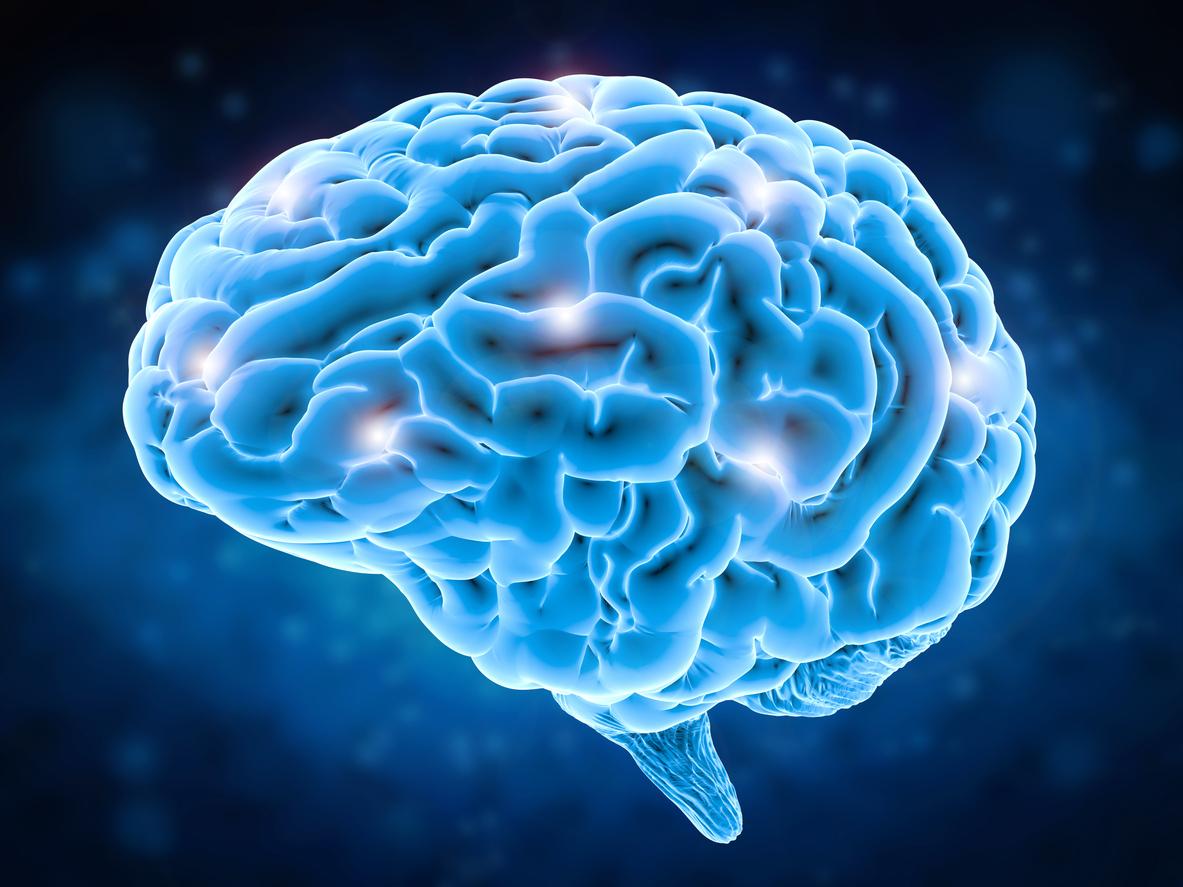Delivering low intensity electrical currents to the surface of the brain would improve reading in children with dyslexia.

Electricity would make it easier to read. An Italian study has just shown that transcranial direct current stimulation (tDCS) allows children with dyslexia to read better. This work, carried out at the Bambino Gesù Hospital in Rome, and published in the scientific journal Restorative Neurology and Neuroscience show a marked improvement in cognitive skills in dyslexic children.
A year gained
TDCS (Transcranial direct current stimulation) is a non-invasive and painless technique that delivers a weak electric current to the surface of the brain through electrodes placed on the surface of the skull. For this study, eighteen children and adolescents volunteered. Over a six-week period, they each received 3 tDCS sessions of about 20 minutes.
At the end of the stimulation sessions, the children showed a considerable improvement in their reading speed. They were able to read words invented for the study 60% faster than children who did not receive tDCS. This increase in reading speed is equivalent for his children, “to the benefit of a year of schooling”, according to Dr. Deny Menghini, one of the authors of the study interviewed by the American newspaper. The Times.
Long-lasting effects
The researchers believe that this technique would significantly ease the lives of young dyslexics, condemned to spend hours dissecting words. Another element, the children who have undergone the electrical stimulations assure it: they did not feel anything. “In terms of current, we delivered to the children one milliampere, which is equivalent to the power generated by a Christmas garland,” underlines Dr. Menghini. He adds that “there were no side effects, no headaches.”
In addition, the study showed that six months after the end of the eighteen sessions, children’s cognitive functions were still improved.
Already used for other disorders
TDCS is not new, it has been used since the 1930s. Its goal: to reach areas of the brain that regulate mood, memory or even learning, for therapeutic purposes. Since 2011, studies on tDCS have multiplied. In 2013, a study published in the journal JAMA Psychiatry showed improvement in the mood of depressed patients after six weeks of tDCS. Ditto for Alzheimer’s patients, the positive effects of the sessions were still visible four weeks after the first sessions.
.

















